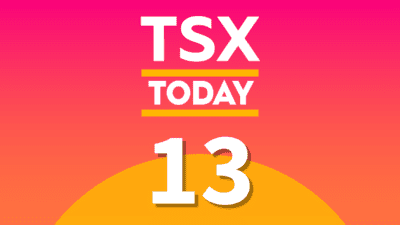Millions of Canadians have used the services of the Canada Revenue Agency in 2020 to apply for crucial benefits during the COVID-19 pandemic. In March, the federal government introduced the Canada Emergency Response Benefit (CERB). This program sustained Canadians who suffered job loss due to widespread lock downs across the country. In October, the CERB expired and made way for three new benefits. Moreover, the federal government significantly expanded employment insurance (EI) for a period of 12 months.
Which is the more appropriate pick for our readers today?
Canada Revenue Agency: Why Canada revamped employment insurance (EI)
There have been calls to reorient EI for many years in Canada. That revamp has come in 2020, but the federal government has said that it will be temporary to serve Canadians during this crisis. In order to service its citizens in this trying time, the federal government introduced a more flexible and accessible EI.
In order to compete with the Canada Revenue Agency-administered CERB, EI payments were increased. Canadians receiving EI are eligible for a taxable benefit of at least $500 per week. This juiced up program will allow Canadians with 120 hours of insurable work or more to qualify by providing a temporary, one-time credit of 300 insurable hours. Those claiming EI for job loss are eligible for these payments up to 26 weeks.
What is the Canada Recovery Benefit (CRB)?
The Canada Recovery Benefit (CRB) became available to Canadians in late October. This benefit, and its two peers, was launched after the expiry of the CERB. The CRB aims to give income support to employed and self-employed individuals who are directly affected by COVID-19 and are not entitled to EI benefits. Those eligible for the CRB can receive a taxable benefit of $1,000 for a two-week period. Canadians can apply through the Canada Revenue Agency portal or by telephone.
EI vs. CRB: Which makes more sense for you?
As far as payments are concerned, there is little difference between the two when it comes to baseline compensation. However, the EI does have a higher ceiling depending on the situation. Moreover, CRB-recipients will need to re-apply through the Canada Revenue Agency in each two-week period. The federal government has also put in stringent requirements that Canadians must be rigorously looking for work. Those found to be in violation of this requirement will be subject to penalties.
Avoid paying the Canada Revenue Agency with a TFSA
The revamped EI and the three new benefits are temporary. Because of this, Canadians should be on the hunt for permanent alternatives. One of my favourite alternatives is the Tax-Free Savings Account (TFSA). This allows you to gobble up tax-free income while not having to pay any capital gains to the Canada Revenue Agency.
A solid TFSA dividend stock to consider is Shaw Communications (TSX:SJR.B). Shaw operates as a connectivity company in North America. Shares of Shaw have dropped 8.6% in 2020. However, the stock has been flat in the month-over-month period.
Shares of Shaw last possessed a price-to-book value of 1.9, putting the dividend stock in solid value territory. It last paid out a monthly dividend of $0.099 per share, which represents a tasty 6.5% yield. Instead of paying tax on an EI or CRB payment, Canadian investors can gobble up income through a TFSA and pay nothing. That’s the best CERB alternative in my book.







